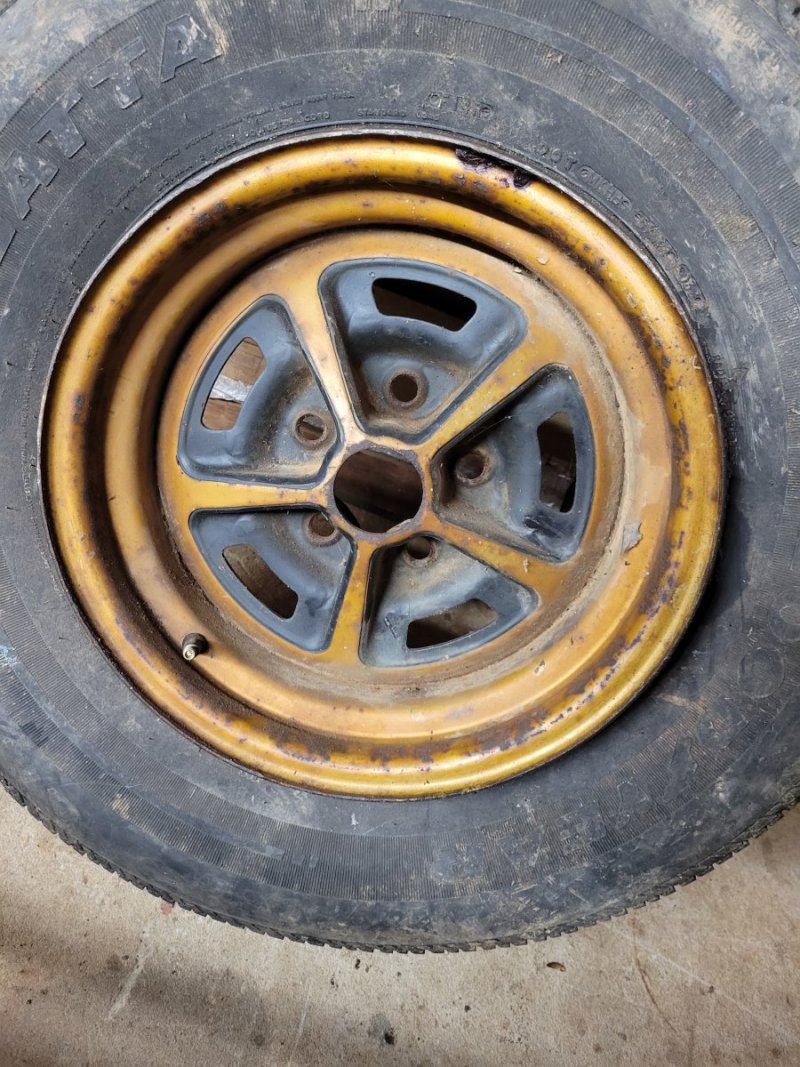Correct, 12vdc is 12vdc. The amount current pushed instead of drawn would be the problem. Each component would draw a specific amount of amps when needed. But when you load 12vdc at 30amps into 500ma diode, resistor,ic...etc.... that is where the "circuit overload would occur" take in the fact of the gauge and length of cable/wire going to the CPU/ecu or any electronic device. Most cables other than the battery cable are from 14-20 awg and wouldn't hold 40 amps continuous for 10 seconds before turning into char if the the fuse panel didn't load up before the component did.
But yes, jumping a bike off a car battery is fine, your starter will only want a peak of 20-30 amps. Unless you were forcing amperage which is unnatural mechanics you won't have any problems.
But yes, jumping a bike off a car battery is fine, your starter will only want a peak of 20-30 amps. Unless you were forcing amperage which is unnatural mechanics you won't have any problems.
Last edited:









